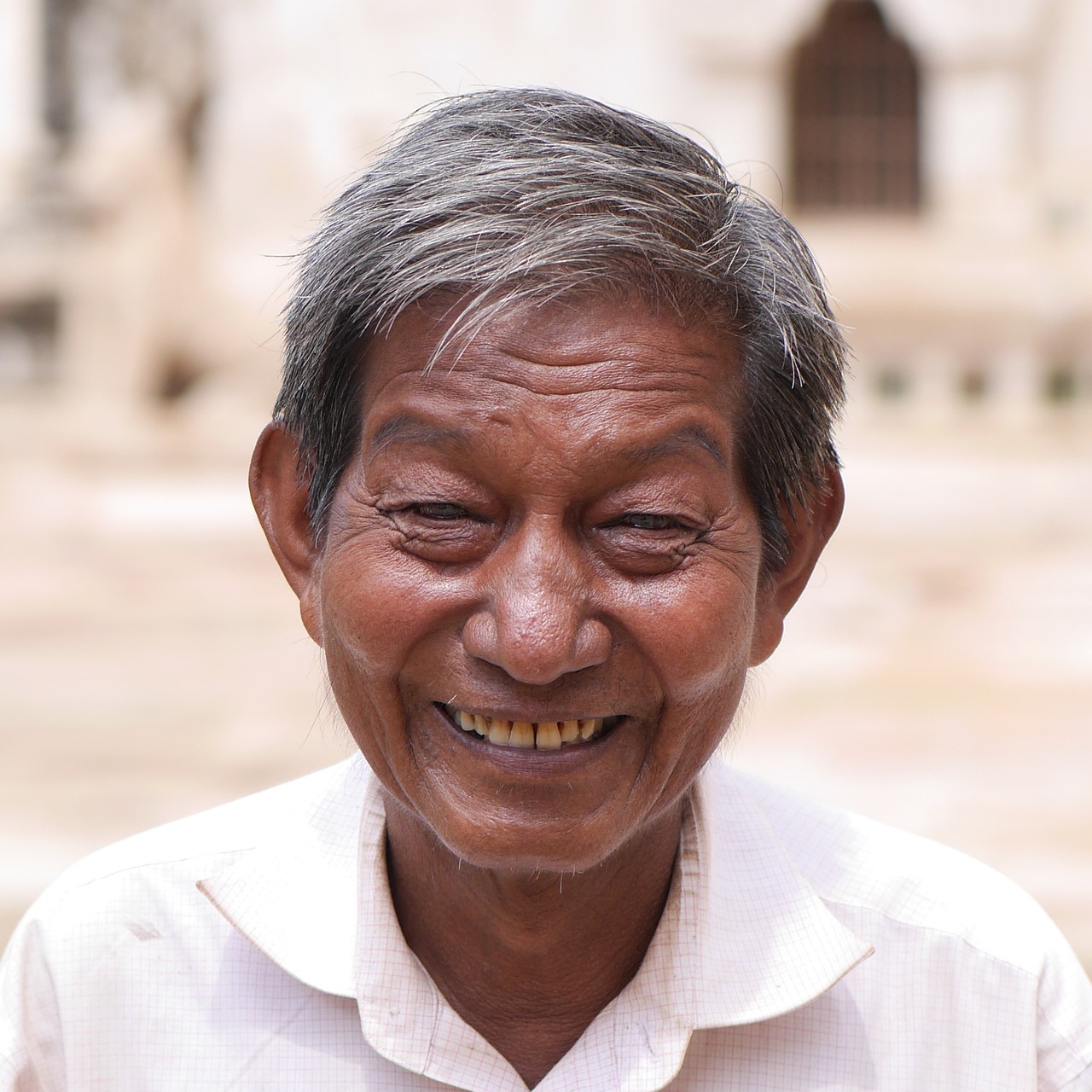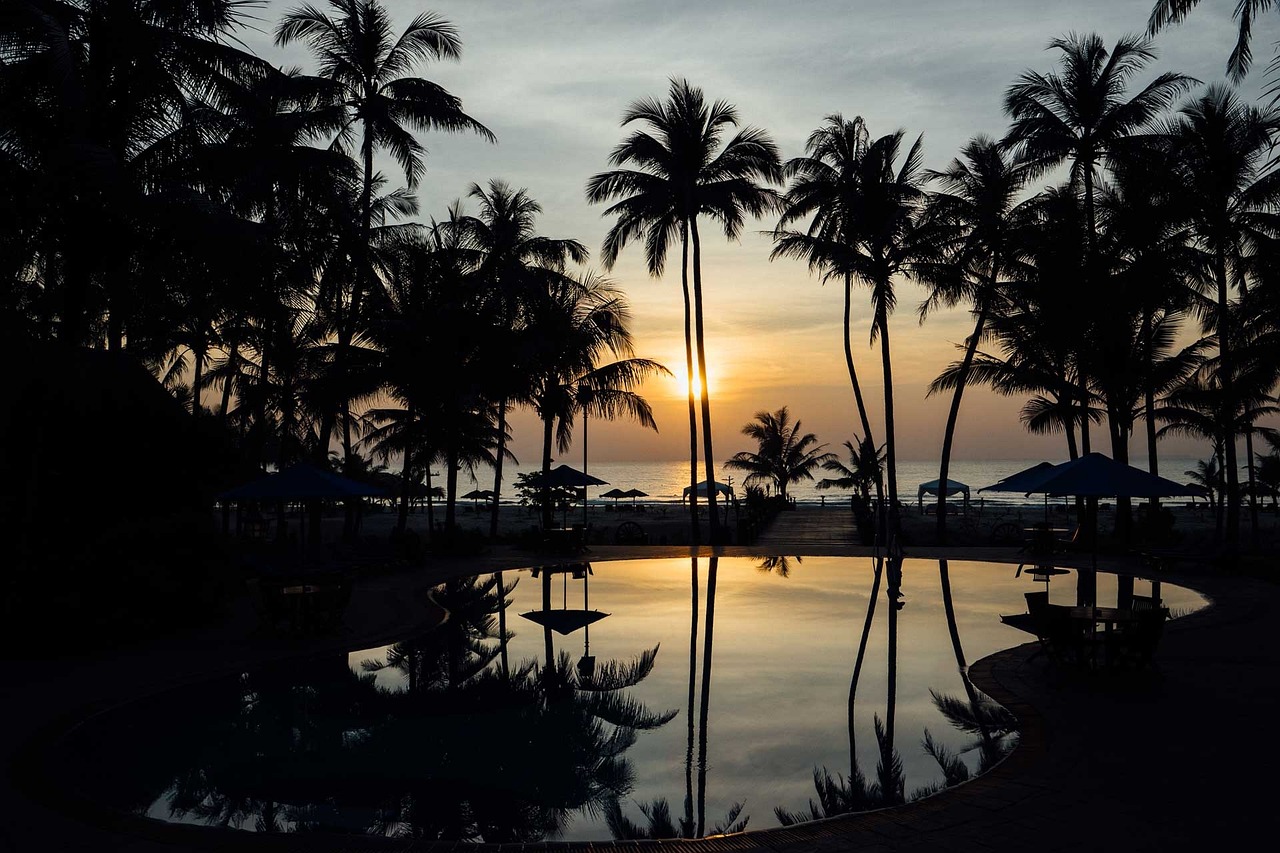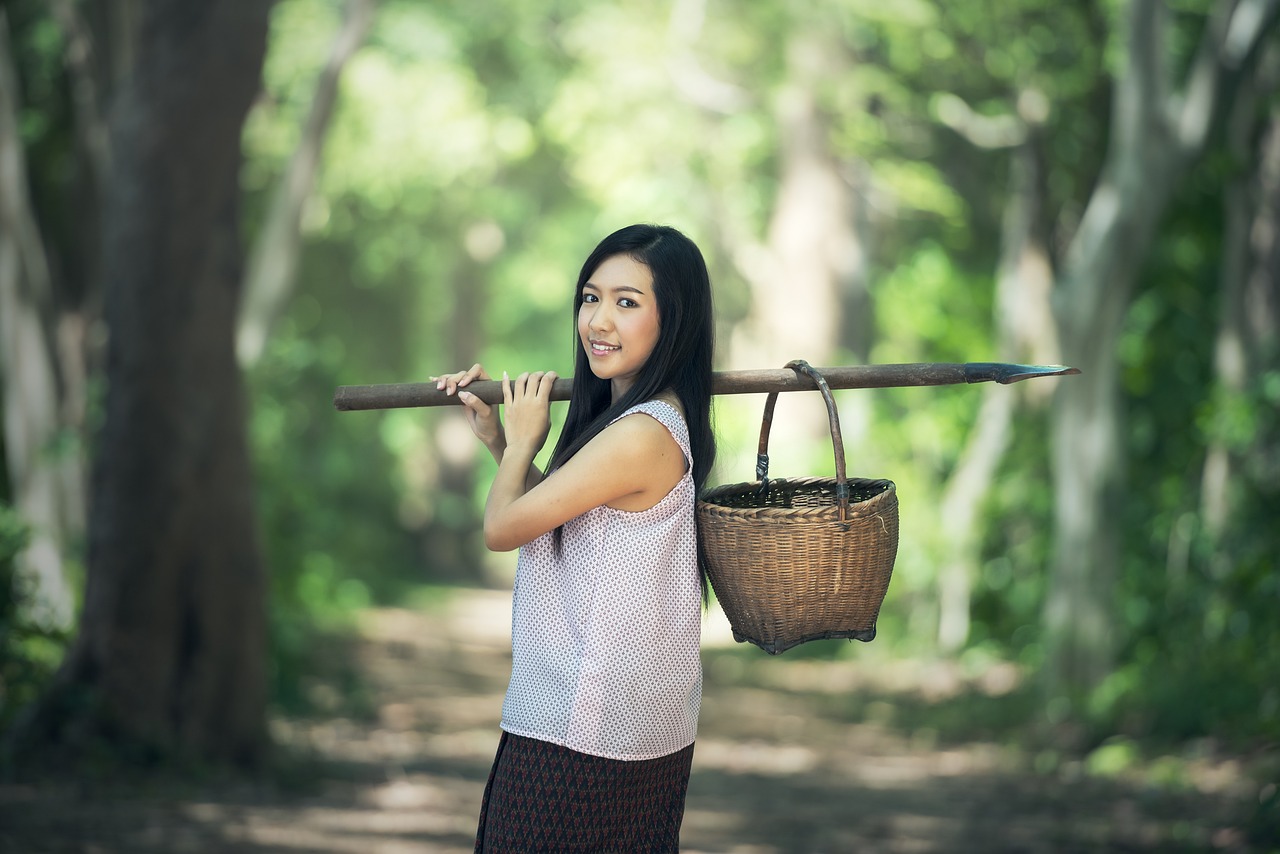Myanmar Video
Weathering Myanmar: Seasonal Changes and What to Expect
Myanmar, also known as Burma, is a country located in Southeast Asia. It experiences a diverse range of weather patterns due to its geographical location and topography. From tropical monsoons to dry seasons, Myanmar offers a variety of climates throughout the year. Understanding the seasonal changes and what to expect can help visitors plan their trips accordingly. In this article, we will explore each season in Myanmar and provide detailed information about the weather conditions and activities during that time.
Spring: March to May
Spring in Myanmar, particularly March to May, is characterized by rising temperatures and increasing humidity. The weather becomes hot and dry, with temperatures reaching their peak in April. The average temperature during this season ranges from 30°C to 35°C (86°F to 95°F). It is advisable to carry lightweight and breathable clothing to stay comfortable in the heat. Despite the high temperatures, this season offers a unique opportunity to witness traditional festivals, such as Thingyan, the Burmese New Year Water Festival. The festival involves water fights and is a fun way to cool off during the scorching heat.
- Thingyan Water Festival: Celebrated in April, Thingyan is the most important festival in Myanmar. It marks the Burmese New Year and involves water throwing and street celebrations. Locals and tourists participate in playful water fights to cleanse away the previous year’s sins and welcome the new year.
- Hot Air Balloon Festival: Mandalay hosts a spectacular Hot Air Balloon Festival in March or April, depending on the lunar calendar. Colorful hot air balloons, some as large as houses, are launched into the sky, creating a mesmerizing sight for visitors.
- Visiting Bagan: Spring is an excellent time to explore the ancient city of Bagan. The dry weather allows for clear skies, making it ideal for hot air balloon rides at sunrise or sunset, providing breathtaking views of the thousands of temples and pagodas.
Summer: June to September
The summer season in Myanmar is characterized by heavy rainfall and high humidity. The southwest monsoon brings showers and thunderstorms, especially in the coastal regions and central parts of the country. Temperatures range from 25°C to 30°C (77°F to 86°F) during this season. It is advisable to carry an umbrella or raincoat to stay dry during sudden downpours. Despite the rain, summer offers unique experiences and lush landscapes.
- Hiking in Kalaw: The cooler temperatures and lush greenery make summer an ideal time for hiking in Kalaw. Explore the scenic trails and enjoy the picturesque landscapes of rolling hills and tea plantations.
- Exploring Inle Lake: Inle Lake is a popular tourist destination known for its floating gardens and unique fishing techniques. During the rainy season, the lake is at its fullest, providing a picturesque backdrop for boat rides and exploring the surrounding villages.
- Waterfall Adventures: The rainy season brings an abundance of water to Myanmar’s waterfalls, making it a perfect time to visit and witness their full glory. Some popular waterfalls include Anisakan Falls near Pyin Oo Lwin and Dee Doke Waterfall in Shan State.
Autumn: October to November
Autumn in Myanmar is a transitional season, with temperatures starting to cool down and the rain gradually subsiding. The average temperature during this season ranges from 25°C to 30°C (77°F to 86°F). The weather becomes more pleasant, making it an ideal time for outdoor activities and exploring the country’s cultural heritage.
- Exploring Yangon: The capital city of Yangon offers numerous attractions, such as the Shwedagon Pagoda and Bogyoke Aung San Market. The cooler temperatures of autumn make it more comfortable to explore the city on foot.
- Visiting Mandalay: Mandalay, the former royal capital, boasts historical sites like Mandalay Palace and Kuthodaw Pagoda. Autumn provides a pleasant climate for exploring these cultural gems.
- Lighting Festival: Tazaungdaing Lighting Festival, also known as the Festival of Lights, takes place in November. It involves the lighting of thousands of paper lanterns and fireworks, creating a magical atmosphere.
Winter: December to February
Winter in Myanmar is the peak tourist season, as it offers pleasant weather and clear skies. The temperatures range from 20°C to 25°C (68°F to 77°F) during the day and can drop to around 10°C (50°F) at night, especially in the northern regions. It is advisable to carry a light jacket or sweater for the cooler evenings.
- Exploring Bagan Temples: Winter is the best time to explore the ancient temples of Bagan. The cool and dry weather allows for comfortable sightseeing and stunning views of the temples against clear blue skies.
- Inle Lake Boat Tours: Take a leisurely boat tour around Inle Lake to witness the unique floating gardens, stilted villages, and the famous leg-rowing fishermen. The calm waters and pleasant weather make it an enjoyable experience.
- Ngapali Beach: Escape to Ngapali Beach, one of Myanmar’s most beautiful and pristine beaches. The winter weather offers ideal conditions for sunbathing, swimming, and indulging in fresh seafood.
Myanmar Image 1:

Spring: March to May
Spring in Myanmar, particularly March to May, is characterized by rising temperatures and increasing humidity. The weather becomes hot and dry, with temperatures reaching their peak in April. The average temperature during this season ranges from 30°C to 35°C (86°F to 95°F). It is advisable to carry lightweight and breathable clothing to stay comfortable in the heat. Despite the high temperatures, this season offers a unique opportunity to witness traditional festivals, such as Thingyan, the Burmese New Year Water Festival. The festival involves water fights and is a fun way to cool off during the scorching heat.
- Thingyan Water Festival: Celebrated in April, Thingyan is the most important festival in Myanmar. It marks the Burmese New Year and involves water throwing and street celebrations. Locals and tourists participate in playful water fights to cleanse away the previous year’s sins and welcome the new year.
- Hot Air Balloon Festival: Mandalay hosts a spectacular Hot Air Balloon Festival in March or April, depending on the lunar calendar. Colorful hot air balloons, some as large as houses, are launched into the sky, creating a mesmerizing sight for visitors.
- Visiting Bagan: Spring is an excellent time to explore the ancient city of Bagan. The dry weather allows for clear skies, making it ideal for hot air balloon rides at sunrise or sunset, providing breathtaking views of the thousands of temples and pagodas.
Summer: June to September
The summer season in Myanmar is characterized by heavy rainfall and high humidity. The southwest monsoon brings showers and thunderstorms, especially in the coastal regions and central parts of the country. Temperatures range from 25°C to 30°C (77°F to 86°F) during this season. It is advisable to carry an umbrella or raincoat to stay dry during sudden downpours. Despite the rain, summer offers unique experiences and lush landscapes.
- Hiking in Kalaw: The cooler temperatures and lush greenery make summer an ideal time for hiking in Kalaw. Explore the scenic trails and enjoy the picturesque landscapes of rolling hills and tea plantations.
- Exploring Inle Lake: Inle Lake is a popular tourist destination known for its floating gardens and unique fishing techniques. During the rainy season, the lake is at its fullest, providing a picturesque backdrop for boat rides and exploring the surrounding villages.
- Waterfall Adventures: The rainy season brings an abundance of water to Myanmar’s waterfalls, making it a perfect time to visit and witness their full glory. Some popular waterfalls include Anisakan Falls near Pyin Oo Lwin and Dee Doke Waterfall in Shan State.
Autumn: October to November
Autumn in Myanmar is a transitional season, with temperatures starting to cool down and the rain gradually subsiding. The average temperature during this season ranges from 25°C to 30°C (77°F to 86°F). The weather becomes more pleasant, making it an ideal time for outdoor activities and exploring the country’s cultural heritage.
- Exploring Yangon: The capital city of Yangon offers numerous attractions, such as the Shwedagon Pagoda and Bogyoke Aung San Market. The cooler temperatures of autumn make it more comfortable to explore the city on foot.
- Visiting Mandalay: Mandalay, the former royal capital, boasts historical sites like Mandalay Palace and Kuthodaw Pagoda. Autumn provides a pleasant climate for exploring these cultural gems.
- Lighting Festival: Tazaungdaing Lighting Festival, also known as the Festival of Lights, takes place in November. It involves the lighting of thousands of paper lanterns and fireworks, creating a magical atmosphere.
Myanmar Image 2:

Winter: December to February
Winter in Myanmar is the peak tourist season, as it offers pleasant weather and clear skies. The temperatures range from 20°C to 25°C (68°F to 77°F) during the day and can drop to around 10°C (50°F) at night, especially in the northern regions. It is advisable to carry a light jacket or sweater for the cooler evenings.
- Exploring Bagan Temples: Winter is the best time to explore the ancient temples of Bagan. The cool and dry weather allows for comfortable sightseeing and stunning views of the temples against clear blue skies.
- Inle Lake Boat Tours: Take a leisurely boat tour around Inle Lake to witness the unique floating gardens, stilted villages, and the famous leg-rowing fishermen. The calm waters and pleasant weather make it an enjoyable experience.
- Ngapali Beach: Escape to Ngapali Beach, one of Myanmar’s most beautiful and pristine beaches. The winter weather offers ideal conditions for sunbathing, swimming, and indulging in fresh seafood.
Spring: March to May
Spring in Myanmar, particularly March to May, is characterized by rising temperatures and increasing humidity. The weather becomes hot and dry, with temperatures reaching their peak in April. The average temperature during this season ranges from 30°C to 35°C (86°F to 95°F). It is advisable to carry lightweight and breathable clothing to stay comfortable in the heat. Despite the high temperatures, this season offers a unique opportunity to witness traditional festivals, such as Thingyan, the Burmese New Year Water Festival. The festival involves water fights and is a fun way to cool off during the scorching heat.
- Thingyan Water Festival: Celebrated in April, Thingyan is the most important festival in Myanmar. It marks the Burmese New Year and involves water throwing and street celebrations. Locals and tourists participate in playful water fights to cleanse away the previous year’s sins and welcome the new year.
- Hot Air Balloon Festival: Mandalay hosts a spectacular Hot Air Balloon Festival in March or April, depending on the lunar calendar. Colorful hot air balloons, some as large as houses, are launched into the sky, creating a mesmerizing sight for visitors.
- Visiting Bagan: Spring is an excellent time to explore the ancient city of Bagan. The dry weather allows for clear skies, making it ideal for hot air balloon rides at sunrise or sunset, providing breathtaking views of the thousands of temples and pagodas.
References:
- lonelyplanet.com
- myanmarburma.com
- tourism.gov.mm
- myanmar.com


